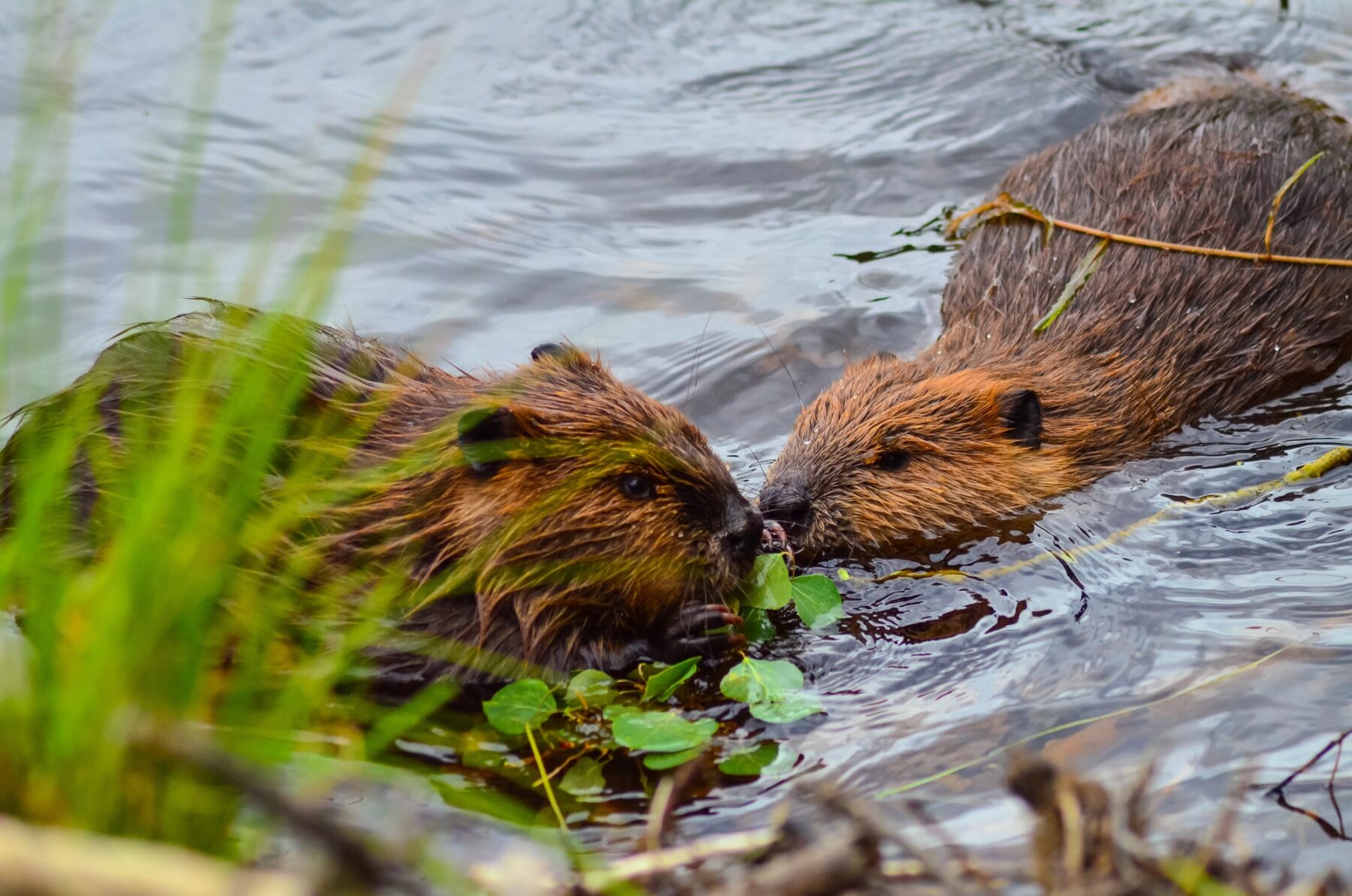The European Union It has a record of protected species within its borders. Now, an investigation carried out by Spanish professionals They have discovered native copies that had disappeared centuries ago and are classified within that document: beavers on the Tajo river, A historical finding.
Biologists, specialized in vertebrates and environmental technicians, have published this impressive event in a scientific article Posted in official magazine of the Spanish Society for the Conservation and Study of Mammals (SECEM), Galemunder the title «A beaver on the Tajo River: a new town in Spain ».
Biologists have located three population groups in The Alcarriaalthough they do not know the exact number of specimens. They believe they have been reintroduced from other rivers, such as Ebro, Guadalquivir or Duero.
Researchers Marco Ansón and Celia García Prendes They have found castor specimens for the first time on the Tajo Riveran native species, but disappeared for centuries and currently listed among the species protected by the European Union.
This has been explained by publishing a scientific article in ‘Galemys. Spanish Journal of Mammalogy‘, the official magazine of the Spanish Society for the Conservation and Study of Mammals (SECEM)under the title ‘A beaver on the Tajo river’ After finding specimens of this species in the Tagus last June.
«We were doing field work, investigating Martín Pescador in the Tajo Riverand I saw a beaver crossing the river and identified it at the moment. I was aware that it was the first registration of Castor in that basin because To date, beavers had detected in the Ebro, Duero and Guadalquivir basin, but not in the Tajo River”, Said Marco Ansón, Palezoologist specialized in vertebrates and environmental technician, as well as his partner, Celia García.
After that first sighting, in the region of La Alcarria, they have initiated an investigation of this animal in the Tajo basin as members of the Center for Animal Studies, a group of zoology professionals who work independently developing research and dissemination.
Three population groups of Castores
They have located three population groups, although they do not know the exact number: «CASTORS ARE MONOGAMOS ANIMALS. They form biparental couples. The children stay in the family nucleus until they are old ». What they do know is “that there are several because we see differences of sizes at the individual level.”
For the size of the species and for the evidence found by inhabitants of the area with which they have spoken, They believe they can have been living in the area for three years.
Despite taking missing centuries, There is evidence of its existence in Roman and Visigothic times, and it is known that the native species was possibly extinguished by human consumption. “It was part of the Iberian river ecosystems. In the rest of Europe a decline of the very large species arises and during the last three or four centuries suffer regression and begins to recover in the mid -twentieth century for measures for its conservation, ”said the researcher.
Wild Reintroduction in the Ebro
Its reintroduction in Spain is dated in 2003 in the Ebro basin, but in a “uncontrolled and without permission”but because someone decided to take specimens from central Europe, possibly Germany, and bring them to Spain and reintroduce them “without permission or conservation plan”, something that this researcher stresses that it is dangerous because “we do not know if those specimens were healthy or can transmit some disease ”.
In this regard, he has specified that The beaver is an animal «made to live in these aquatic environments And who stated it perfectly that it was a perfect place to live. And surely the animals they took were wild, ”he said.
By its nature, “It is a species that brings biodiversity to the habitat in which it is, dynamization and interaction between different species and in that sense it is not problematic”, So it can succeed based on In the Ebro, from the reintroduction, it has been colonizing other rivers and tributaries.
«It is not a species that believes problems if it is not pursued, and if so, it will have the chance to recolonize. From the Ebro it has begun to expand because someone decided to take them from there and transfer them to other rivers such as the Guadalquivir, El Duero and now the Tagus. They have not arrived alone in these basins, ”said this specialist, who considers that The existence of this animal can be positive for the river ecosystem, degraded by the introduction of invasive exotic species such as American crab or teluro.

